The 19mm Leica ultra wide angle lens
By: Thorsten Overgaard
Legendary Leica lens designer Walter Mandler designed the first version of the Leica 19mm f/2.8 ultra wide lens in 1975. The first version was reputed for astonishing image quality at medium apertures with a little less detail in the corners than in the center.
However the 1990 version II of the lens surpassed this
with a more compact version with built-in filters and - more interestingly - superb image quality. The perfect wide lens for landscape, architecture, et al and has become one of the true stars of the Leica R lenses.
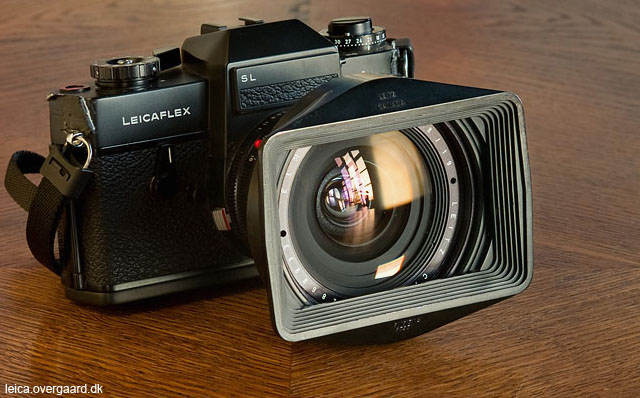
My trusted Leitz Leicaflex SL with the 19mm Elmarit-R f/2.8 Version I. The Version II does not fit the Leicaflex cameras but only the R bodies from R3 and onward.
I've always been very happy with my 21mm Super-Angulion-M f/3.4 lens and when I got my Leica DMR digital back with the 1.3 crop factor, I missed the ability to go futher than my 35mm (1.3X cropped) 35mm R-lenses. So when Leica Camera Berlin threw a very good offer for the 19mm Elmarit-R f/2.8 in my direction, I didn't hesitate. And this page contain some of the examples from this Version I lens on the DMR.
However, let me already now say this: I might very soon, and even before we know if the till 2009-exiting R-lenses can be used on a future Leica R10 and Leica S2, get the Version II. And let me tell you why. Whereas the talk of less details in the corners doesn't show on the DMR with the 1.3 crop factor, blue fringing does appear very strong all over the field whenever the lens is pointed towards strong light (and I tend to do that often). Also, I expect the Version II to have more overall detail and sharpness.
The Version I can currently be gotten for circa 800-1,000 Euro where the Version II is in the range of 1,200-1,400 Euro. None of them are particular rare, but the Version II is a classic lens. As the stock of new R-lenses are currently being sold out with huge discounts, one could also get a brand new 19mm f/2.8 version II for around 2,500 Euro - if one can find it. In any case I recommend getting a 'full set' with lens shade and all as the lens shade alone will cost a minor furtune.
Here is some of the things I've used it for and which might inspire you. It's a great lens for architecture as well, provided you hold the camera (and lens front) 100% vertical; in which case you will have nice straight lines:
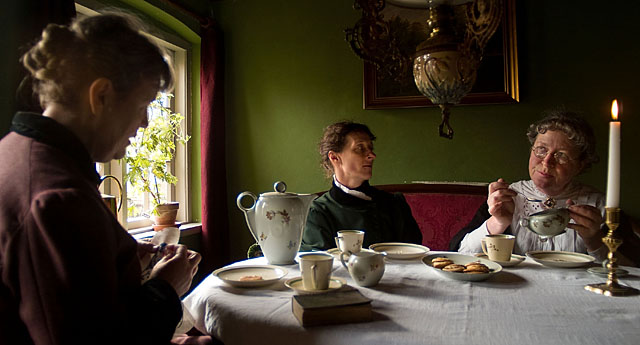
March 24, 2009: Year 1910-scenery in The Old City [Den Gamle By] in Aarhus, Denmark. Leica R8/DMR with Leica 19mm Elmarit-R f/2.8 @ f/2.8, 200 ISO, Lightroom2 RAW-conversion (© 2009 Thorsten Overgaard).
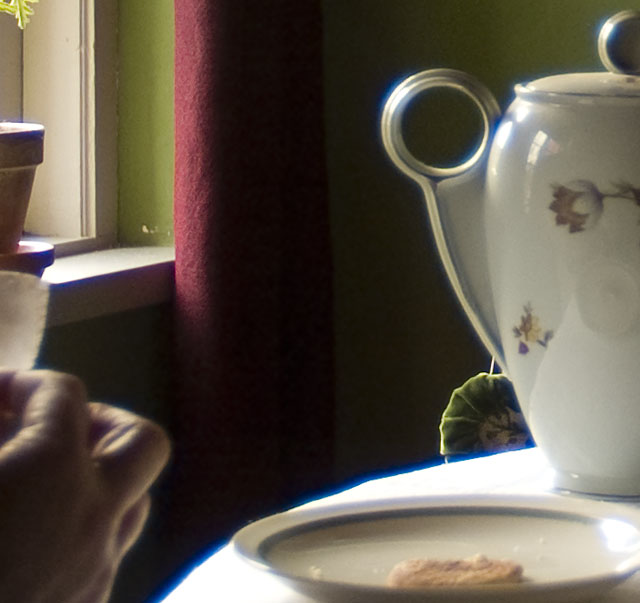
Detail in a 100% crop from the above to illustrate the blue fringing which appear in any highlight situation with the Version I lens. Most of it can be handled by desaturating the blue channel - thouhg I feel the Version II might be worth the extra bucks to not experience this.
That said; notice the corner of the sofa beind the table, as well as how nice the lens draws details in sharp as well as unsharp areas. The hand to the left is simply out of focus because she's 50 cm from the camera which is focused on the sofa 170 cm from the camera; it's not a corner unsharpness or anything.
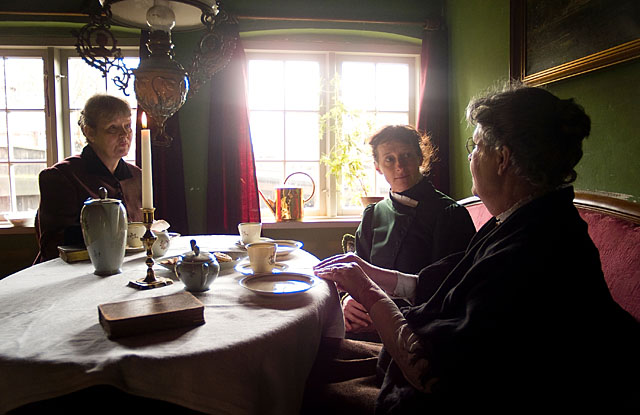
But hey - you got to appreciate this 'classic' rendering of light. I like the Mandler designs a lot for what has become (even in these digital ages) a 'film-like look' whereas new ASPH lenses tend to crush the cosy spread light into sharpness and dull bokeh. What I like, and what I mean is; there's no shape on the reflections (such as shapes of lens elements), it's just the light flowing in all over the place. The 80/1.4, which is also a Mandler design, has that exact same quality.
This one is straight through Lightroom 2 and I haven't done any attempts to remove the blue fringing on the hands, lamp and cups.
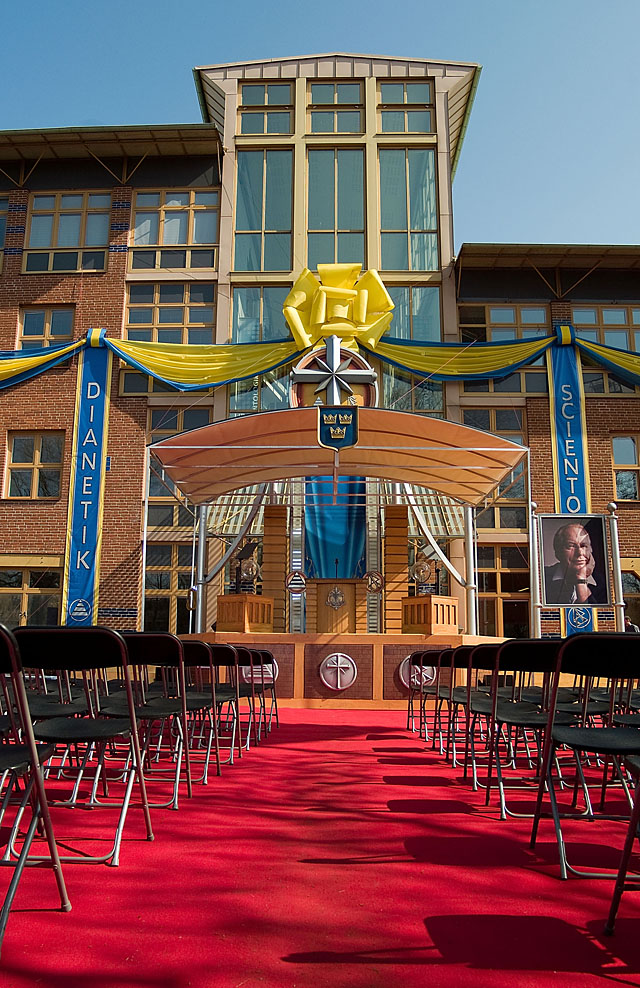 April 4, 2009, opening of the Church of Scientology in Malmö, Sweden. Leica R8/DMR with 19mm Elmarit-R f/2.8 Version I @ f/5.6, ISO 200, Lightroom 2 RAW-conversion. (© 2009 by Thorsten Overgaard/LIFE/WireImage). April 4, 2009, opening of the Church of Scientology in Malmö, Sweden. Leica R8/DMR with 19mm Elmarit-R f/2.8 Version I @ f/5.6, ISO 200, Lightroom 2 RAW-conversion. (© 2009 by Thorsten Overgaard/LIFE/WireImage).
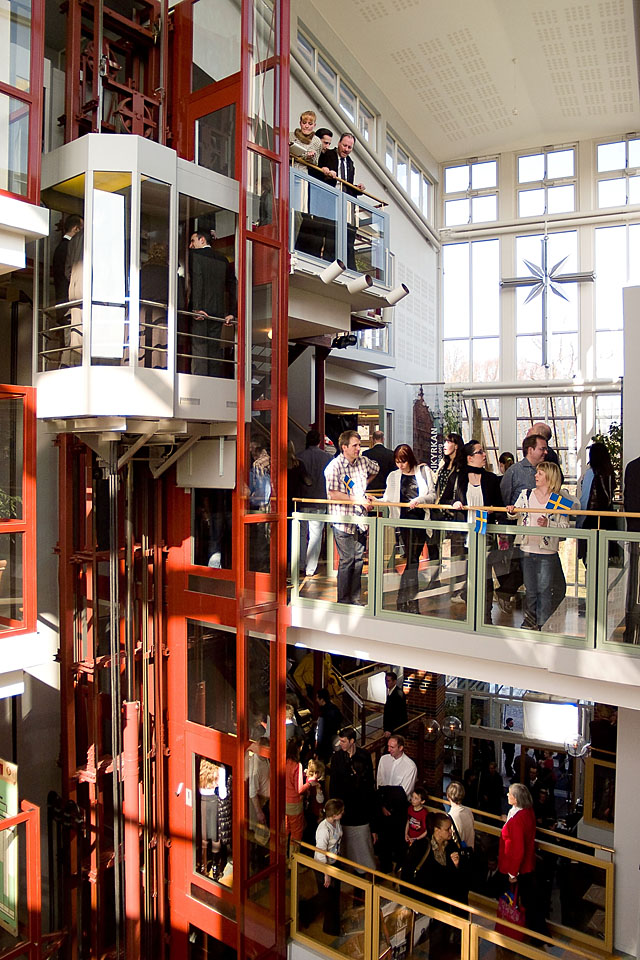
April 4, 2009, inside the Church of Scientology in Malmö, Sweden. Leica R8/DMR with 19mm Elmarit-R f/2.8 Version I @ f/2.8, ISO 200, Lightroom 2 RAW-conversion. (© 2009 by Thorsten Overgaard/LIFE/WireImage).
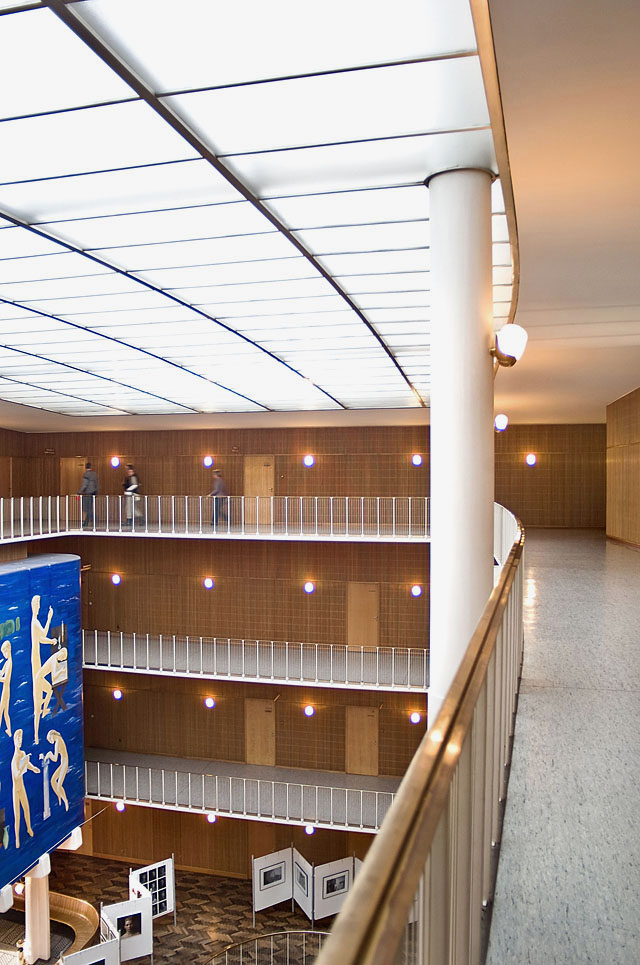
Febarury 2009, Aarhus City Hall. Leica R8/DMR with 19mm Elmarit-R f/2.8 Version I @ f/2.8, 1/12 second, 200 ISO.
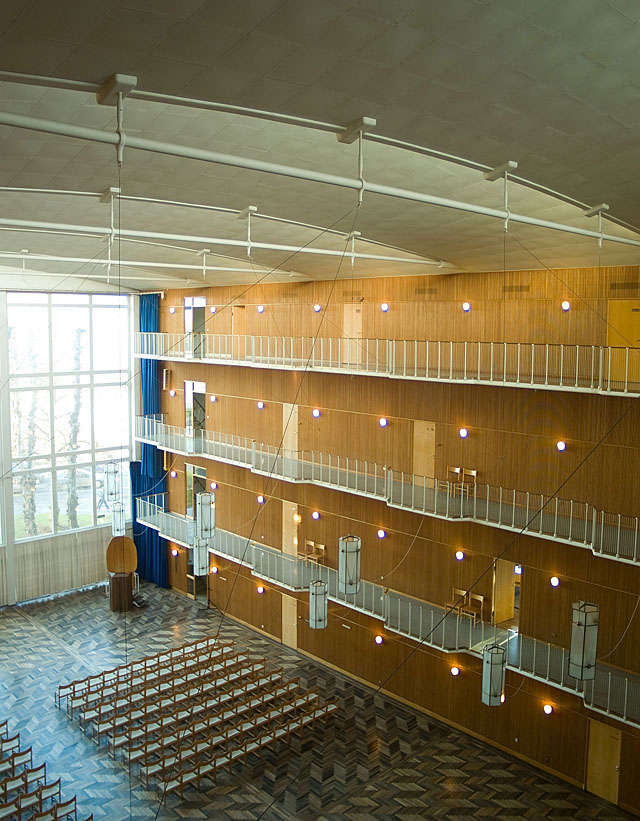
Febarury 2009, Aarhus City Hall. Leica R8/DMR with 19mm Elmarit-R f/2.8 Version I @ f/2.8, 1/30 second, 200 ISO.
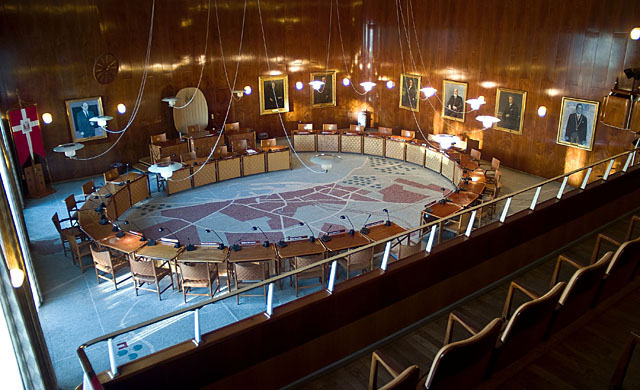
Febarury 2009, Aarhus City Hall. Leica R8/DMR with 19mm Elmarit-R f/2.8 Version I @ f/2.8, 1/15 second, 200 ISO.
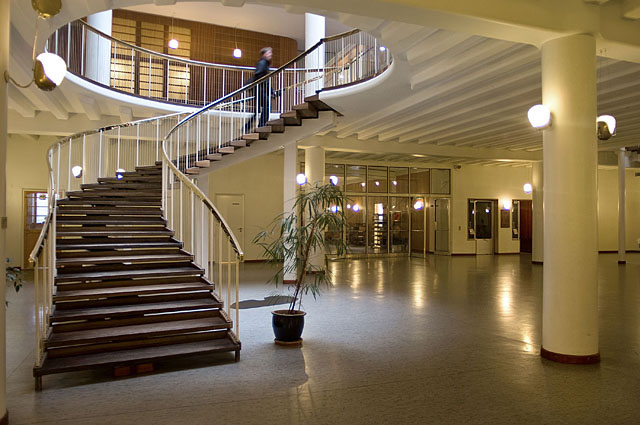
Febarury 2009, Aarhus City Hall. Leica R8/DMR with 19mm Elmarit-R f/2.8 Version I @ f/2.8, 1/8 second, 200 ISO.
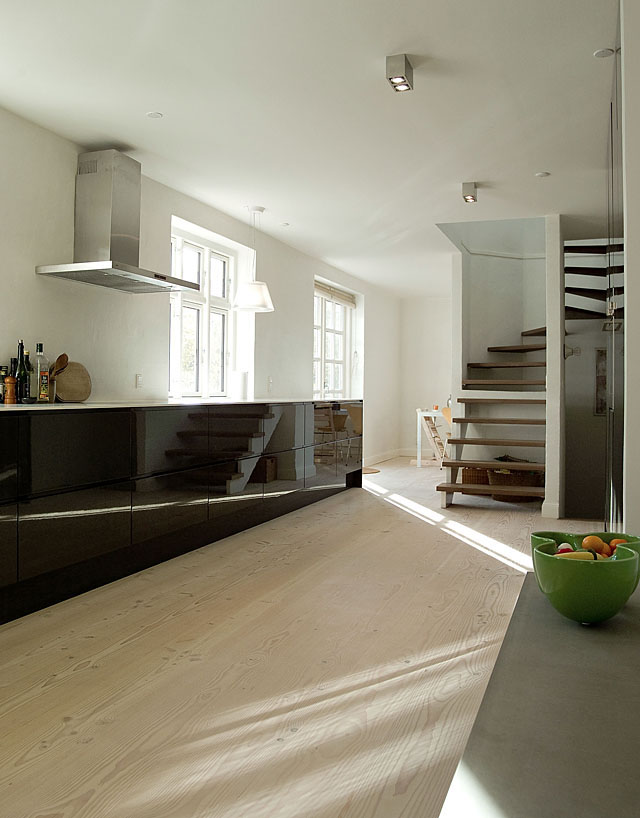
November 2008, Ravbjerg Kitchen Design. Leica R8/DMR with 19mm Elmari-R f/2.8 Version I @ f/16, 1/125 second, 100 ISO.
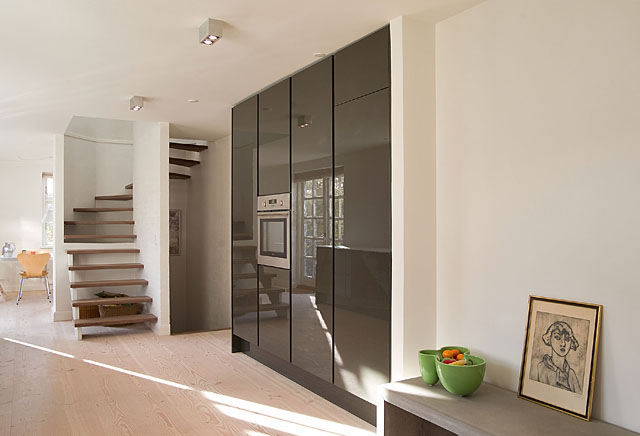
November 2008, Ravbjerg Kitchen Design. Leica R8/DMR with 19mm Elmari-R f/2.8 Version I @ f/16, 1/30 second, 100 ISO.
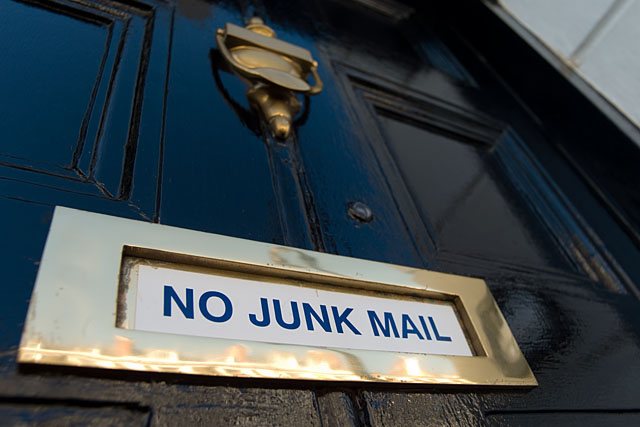
London, October 2008. No Junk Mail sign. Leica R8/DMR with 19mm Elmarit-R f/2.8 Version I @ f/5.6, 200 ISO.
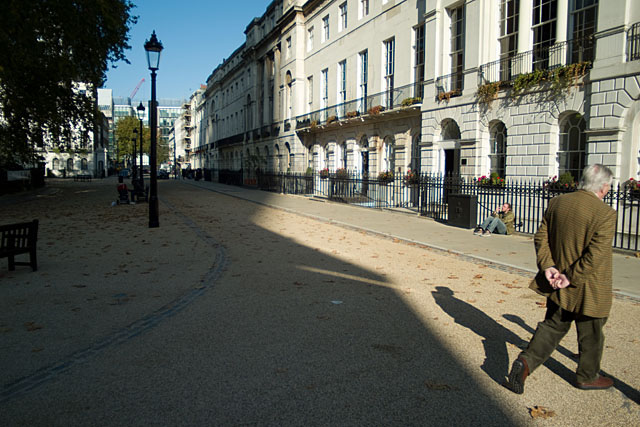
London, October 2008. Fitzroy Square. Leica R8/DMR with 19mm Elmarit-R f/2.8 Version I @ f/2.8, 200 ISO.
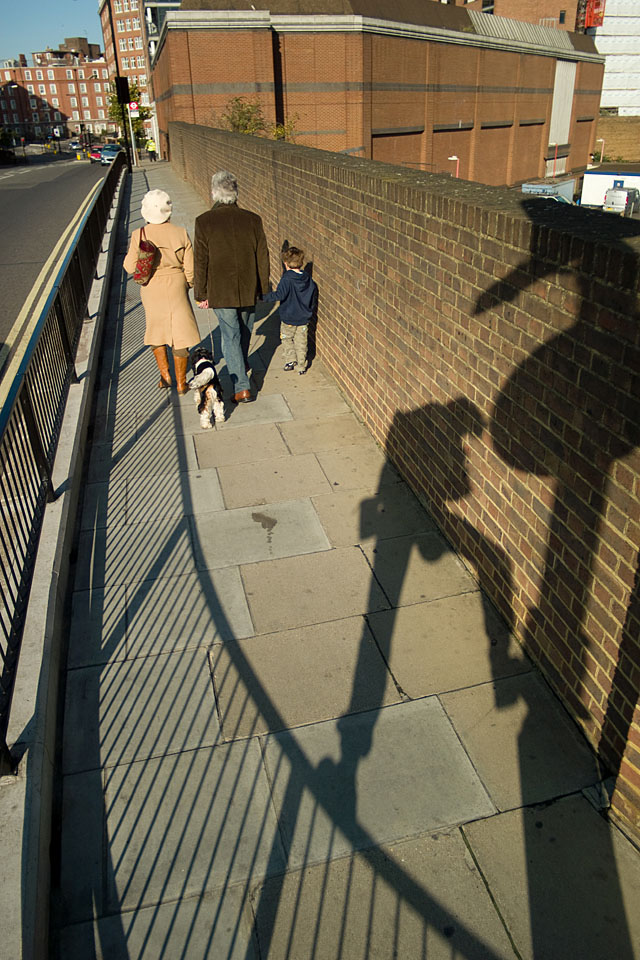
London, October 2008. Self portrait by Queen Victoria Station. Leica R8/DMR with 19mm Elmarit-R f/2.8 Version I @ f/2.8, 200 ISO.
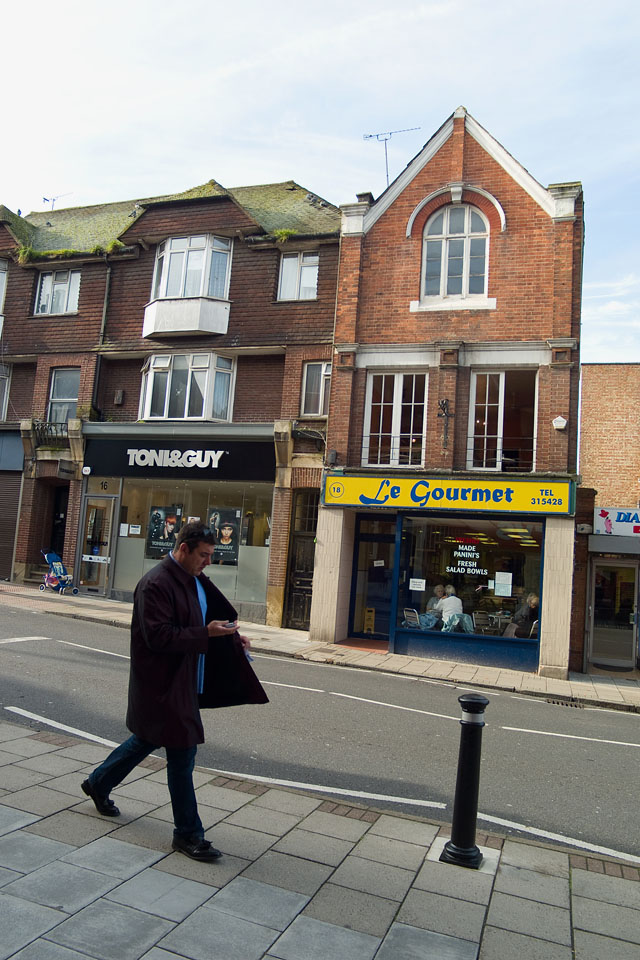
UK Suburbia, October 2008. Leica R8/DMR with 19mm Elmarit-R f/2.8 Version I @ f/5.6, 200 ISO.
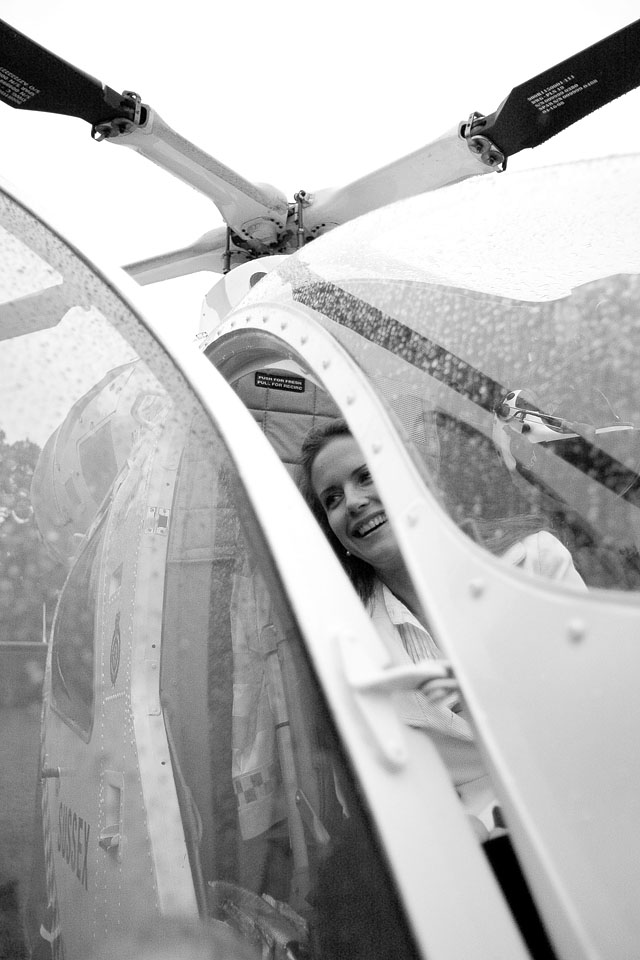
October 2008. Ameican actress Kelly Preston. Leica R8/DMR with 19mm Elmarit-R f/2.8 Version I @ f/2.8, 400 ISO (Copyright 2008 Thorsten Overgaard/LIFE/WireImage/GettyImages).
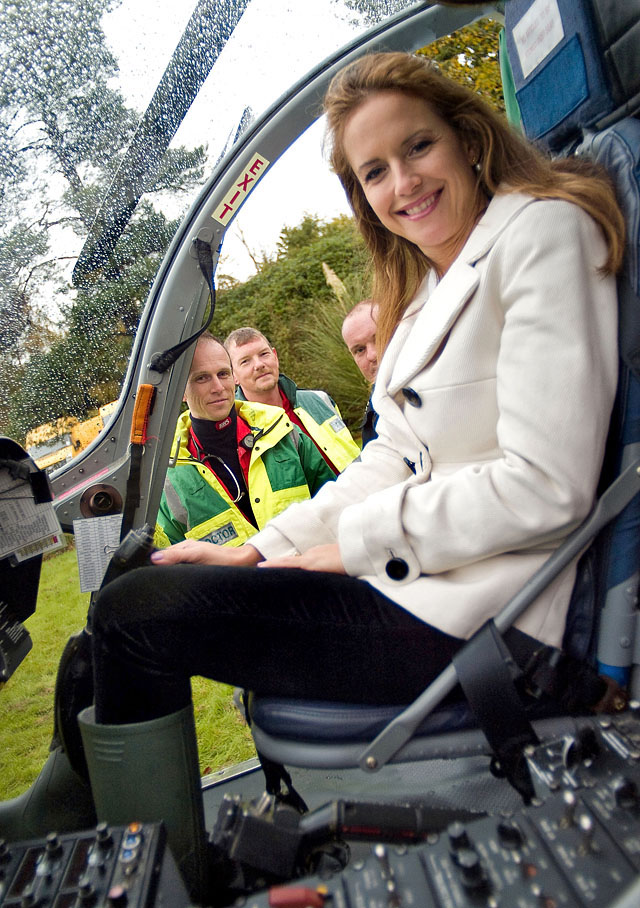
October 2008. Ameican actress Kelly Preston. Very nice, though you can tell I had the focus wrong. Leica R8/DMR with 19mm Elmarit-R f/2.8 Version I @ f/2.8, 400 ISO (Copyright 2008 Thorsten Overgaard/LIFE/WireImage/GettyImages).
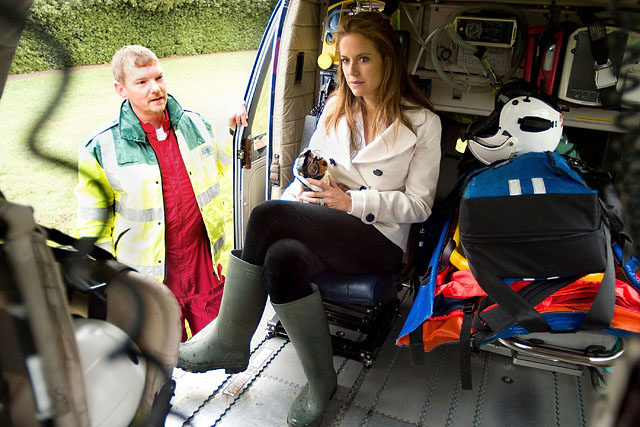
October 2008. Ameican actress Kelly Preston inside a helicopter from Sussex Air Ambulance Service. The 19mm was made for shots like this with no space but much to tell! Leica R8/DMR with 19mm Elmarit-R f/2.8 Version I @ f/2.8, 400 ISO (Copyright 2008 Thorsten Overgaard/LIFE/WireImage/GettyImages).
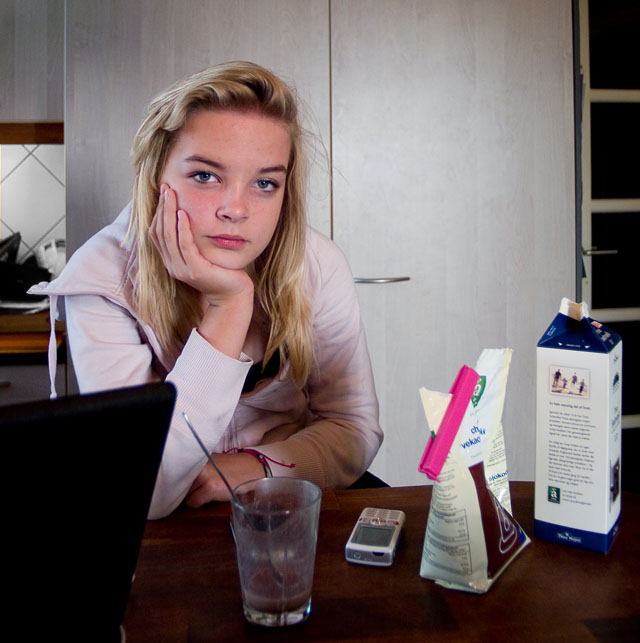
October 2008. This is a strange shot, but I like the personality of it - and I'm not just talking about my daughter, but the way the sharpness divides between the milk bottle and her face, etc ... it's very 70ties (which is when the lens was designed). R8/DMR with Leica 19mm Elmarit-R f/2.8 Version I @ 2.8, 200 ISO.
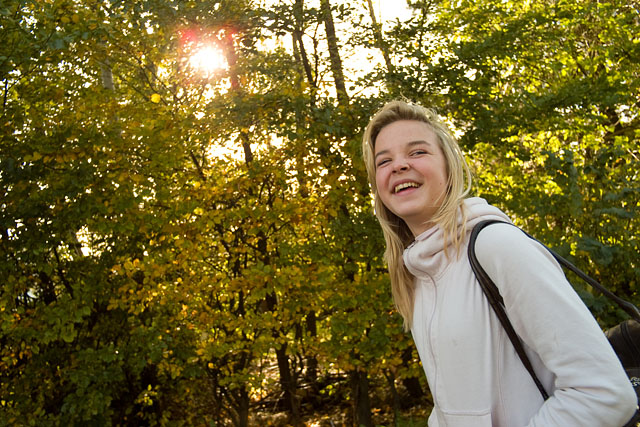
Another one of my daughter. The great thing about wide angle lenses is the DOF which mean you can walk about and shoot with some kind of certainty that you would achieve sharpness. R8/DMR with Elmarit-R f/2.8 @ 2.8, 200 ISO.
|
![]()
